I recommend this when using Worksheet_Change
You do not need the sheet name. In a Sheet Code Module, an unqualified Range reference refers to that sheet. That said, it is clearer to use the Me qualifier. If you are trying to use another sheet, then qualify the range reference with that sheet.
Whenever you are working with Worksheet_Change event, always switch Off events if you are writing data to any cell. This is required so that the code doesn't retrigger the Change event, and go into a possible endless loop
Whenever you are switching off events, use error handling to turn it back on, else if you get an error, the code will not run the next time.
Try this
Private Sub Worksheet_Change(ByVal Target As Range)
On Error GoTo Whoa
Application.EnableEvents = False
Me.Range("A1:A8").Formula = "=B1+C1"
Letscontinue:
Application.EnableEvents = True
Exit Sub
Whoa:
MsgBox Err.Description
Resume Letscontinue
End Sub
Few other things that you may want to know when working with this event.
If you want to ensure that the code doesn't run when more than one cell is changed then add a small check
Private Sub Worksheet_Change(ByVal Target As Range)
'~~> For Excel 2003
If Target.Cells.Count > 1 Then Exit Sub
'
'~~> Rest of code
'
End Sub
The CountLarge was introduced in Excel 2007 onward because Target.Cells.Count returns an Long value which can error out in Excel 2007 becuase of increased total cells count.
Private Sub Worksheet_Change(ByVal Target As Range)
'~~> For Excel 2007
If Target.Cells.CountLarge > 1 Then Exit Sub
'
'~~> Rest of code
'
End Sub
To work with all the cells that were changed use this code
Private Sub Worksheet_Change(ByVal Target As Range)
Dim aCell As Range
For Each aCell In Target.Cells
With aCell
'~~> Do Something
End With
Next
End Sub
To detect change in a particular cell, use Intersect. For example, if a change happens in Cell A1, then the below code will fire
Private Sub Worksheet_Change(ByVal Target As Range)
If Not Intersect(Target, Me.Range("A1")) Is Nothing Then
MsgBox "Cell A1 was changed"
'~~> Your code here
End If
End Sub
To detect change in a particular set of range, use Intersect again. For example, if a change happens in range A1:A10, then the below code will fire
Private Sub Worksheet_Change(ByVal Target As Range)
If Not Intersect(Target, Me.Range("A1:A10")) Is Nothing Then
MsgBox "one or more Cells in A1:A10 range was changed"
'~~> Your code here
End If
End Sub
Note: If you were getting an error earlier and you made the above changes and If your code is still not working then it is possible that the events have not been reset. In the Immediate Window, type Application.EnableEvents = True and press the ENTER key. This will reset it to True. If you do not see the Immediate Window, the press the shortcut key Ctl+G to launch the Immediate Window.


